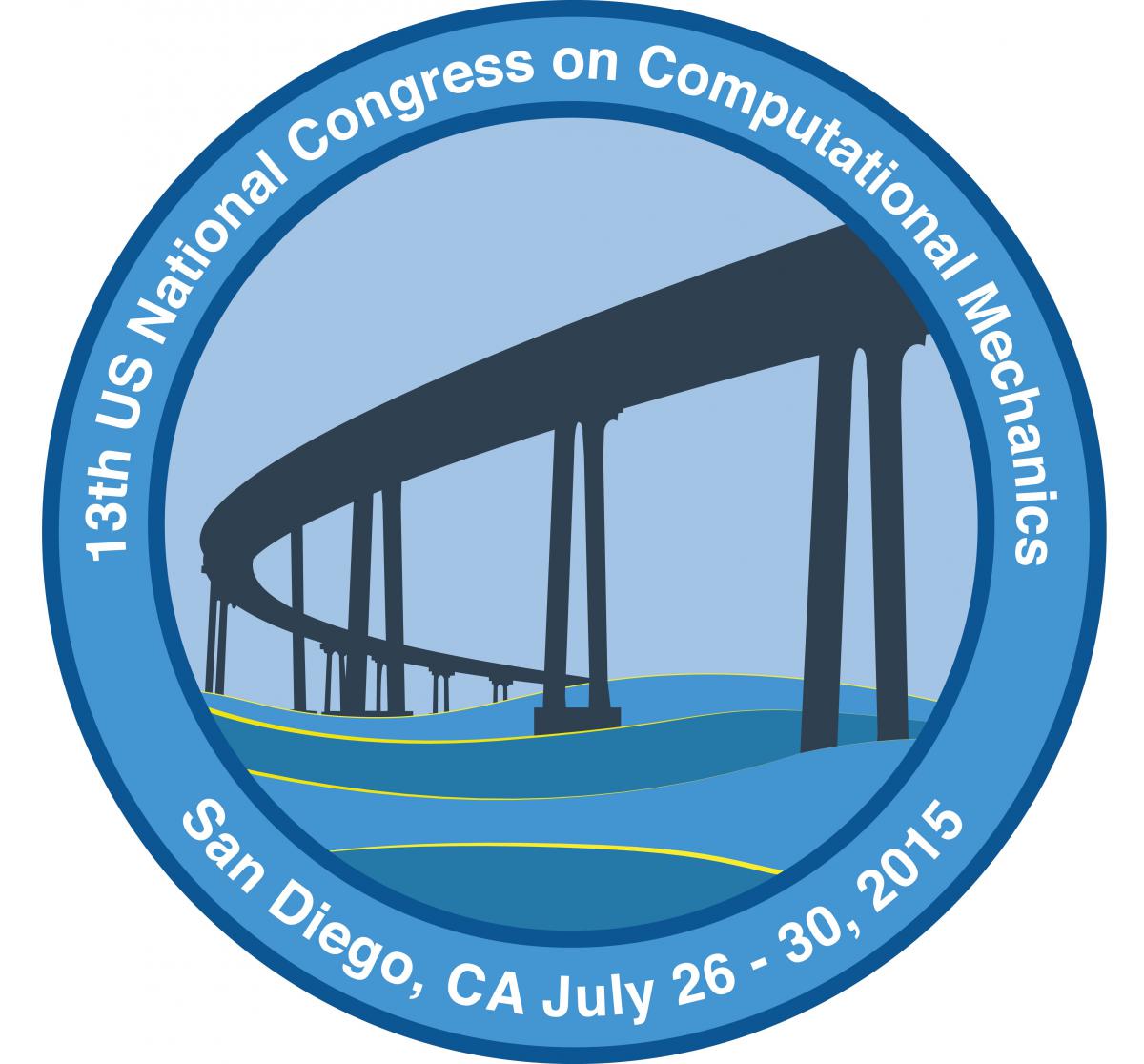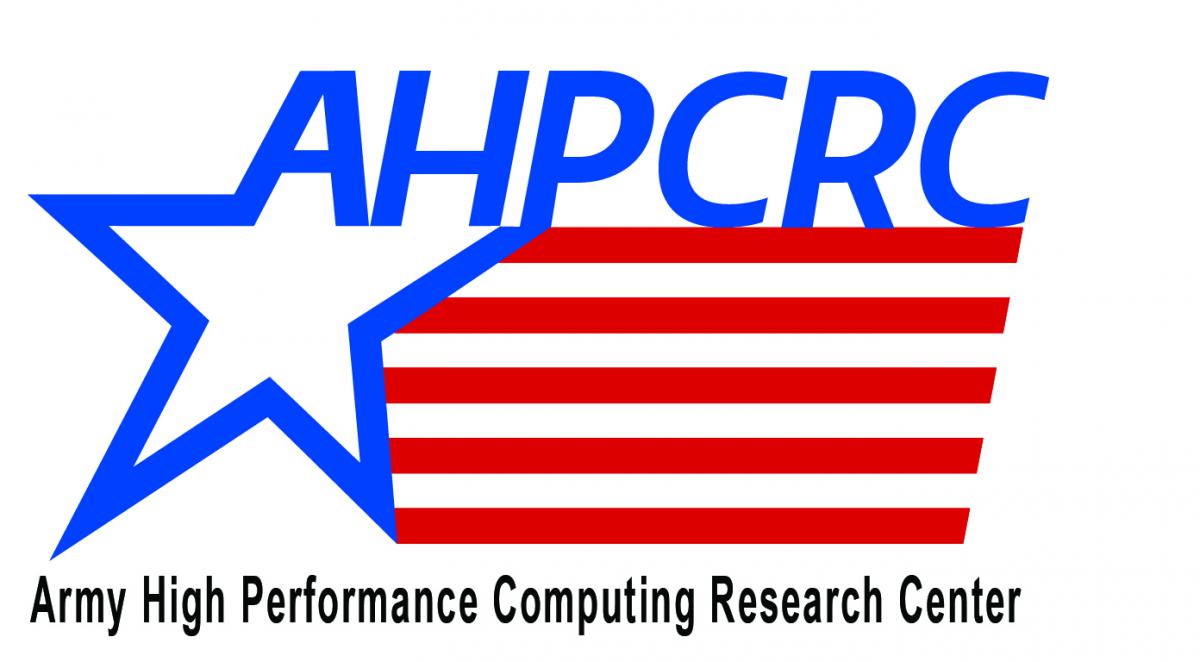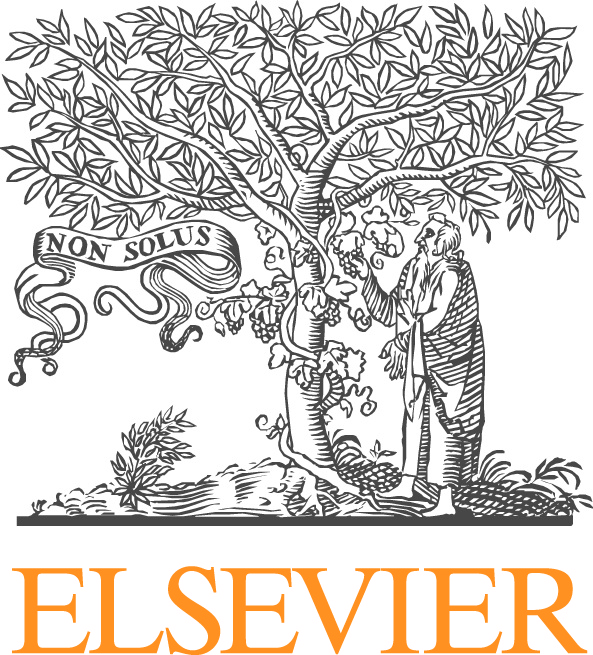A Particle-Discrete-Finite Element Method for Analysis of Particulate Flows and Their Interaction with Structures

Eugenio Oñate
Wednesday, July 29, 9:00 am - 9:45 am, Harbor Ballroom
Abstract:
(with Miguel A. Celigueta, Guillermo Casas, Riccardo Rossi, F. Zarate and Sergio Idelsohn; International Center for Numerical Methods in Engineering (CIMNE))
We present recent developments in the integration of the Particle Finite Element Method (PFEM, www.cimne.com/pfem ) [1] and the Discrete Element Method (DEM, www.cimne.com/dempack ) for analysis of coupled problems in mechanics involving particulate flows and their interaction with structures. The so called PDFEM uses a unified updated Lagrangian description to model the motion of material points in a domain containing a fluid and a variety of solids (such as particles of different sizes and rigid or deformable structures) [1,2]. A mesh connects the material points defining the discretized domain where the governing equations for each of the constituent materials are solved as in the standard FEM. Both a moving mesh and a fixed mesh PFEM procedure the can be used for solving the equations of continuum mechanics for both fluids and solids using the FEM. For the fixed mesh approach the information of the material points is mapped at each time step onto the nodes of the mesh where the governing equations are solved with the FEM [3].
For free-surface flows a moving mesh technique is used where the mesh is regenerated at every time step in order to obtain good quality meshes accounting for large distortions in the fluid domain. We use a new parallel mesh generation procedure that reduces considerably the computational time of the overall solution process
Large discrete particles within the fluid are treated as rigid or deformable bodies which interact with each other “a la DEM” via adequate frictional contact laws. A boundary-fitted fluid mesh is generated around each discrete particle at each time step. The motion of large discrete particles is governed by the particle weight, the fluid force and the contact forces. Smaller discrete particles are immersed in the fluid mesh and their motion and coupled interaction with the fluid is modeled using standard techniques for particulate flows.
We describe the procedures to model frictional contact conditions between the interacting bodies within the fluid and material erosion at fluid-solid and solid-solid interfaces.
We present several examples of application of the PDFEM to fluid-soil-structure interaction problems such as the motion of small and large particles in water streams, the erosion, transport and deposition of soil particles in fluids, the stability of breakwaters under sea waves, the falling of landslides on houses and into reservoirs, underwater excavation and drilling problems in tunneling and oil and gas engineering, the failure of rockfill dams in overspill situations and a number of industrial problems involving particulate flows.
[1] E. Oñate, M.A. Celigueta, S.R. Idelsohn, F. Salazar, B. Suárez. Possibilities of the particle finite element method for fluid–soil–structure interaction problems. Computational Mechanics, 48: 307-318, 2011.
[2] E. Oñate, M.A. Celigueta , S. Latorre, G. Casas, R. Rossi and J. Rojek. Lagrangian analysis of multiscale particulate flows with the particle finite element method, Computational Particle Mechanics, Vol. 1, pp. 85-102, 2014
[3] P.Becker, S.R. Idelsohn and E.Oñate. A monolithic unified approach for FSI and multi-fluid flow problems using the Particle Finite Element Method with fixed mesh, to be published in Computational Mechanics, 2015.
Biography:
Prof. EUGENIO OÑATE, Civil Engineer by the Technical University of Valencia, Spain (1975) and Ph.D. by the University of Swansea, Wales, UK (1979), Director of the School of Civil Engineering of Barcelona (1983-89), founder and director of the International Center for Numerical Methods in Engineering (CIMNE, www.cimne.com ) of the Technical University of Catalonia (since 1987), Honorary President of the Spanish Society of Numerical Methods in Engineering (SEMNI) (since 2004), Past-President of the European Community on Computational Methods in Applied Sciences (ECCOMAS) (2000-2004) and Past-President of the International for Association Computational Mechanics (IACM) (2002-2010). He has received a number of awards from universities and scientific and technological organisations worldwide. He is editor of three international journals and author of two text books and some 300 scientific papers on developments and applications of finite element and particle-based methods for structural and geomechanical problems, fluid dynamics, fluid-soil-structure interaction and industrial forming processes.
For details see www.cimne.com/eo





